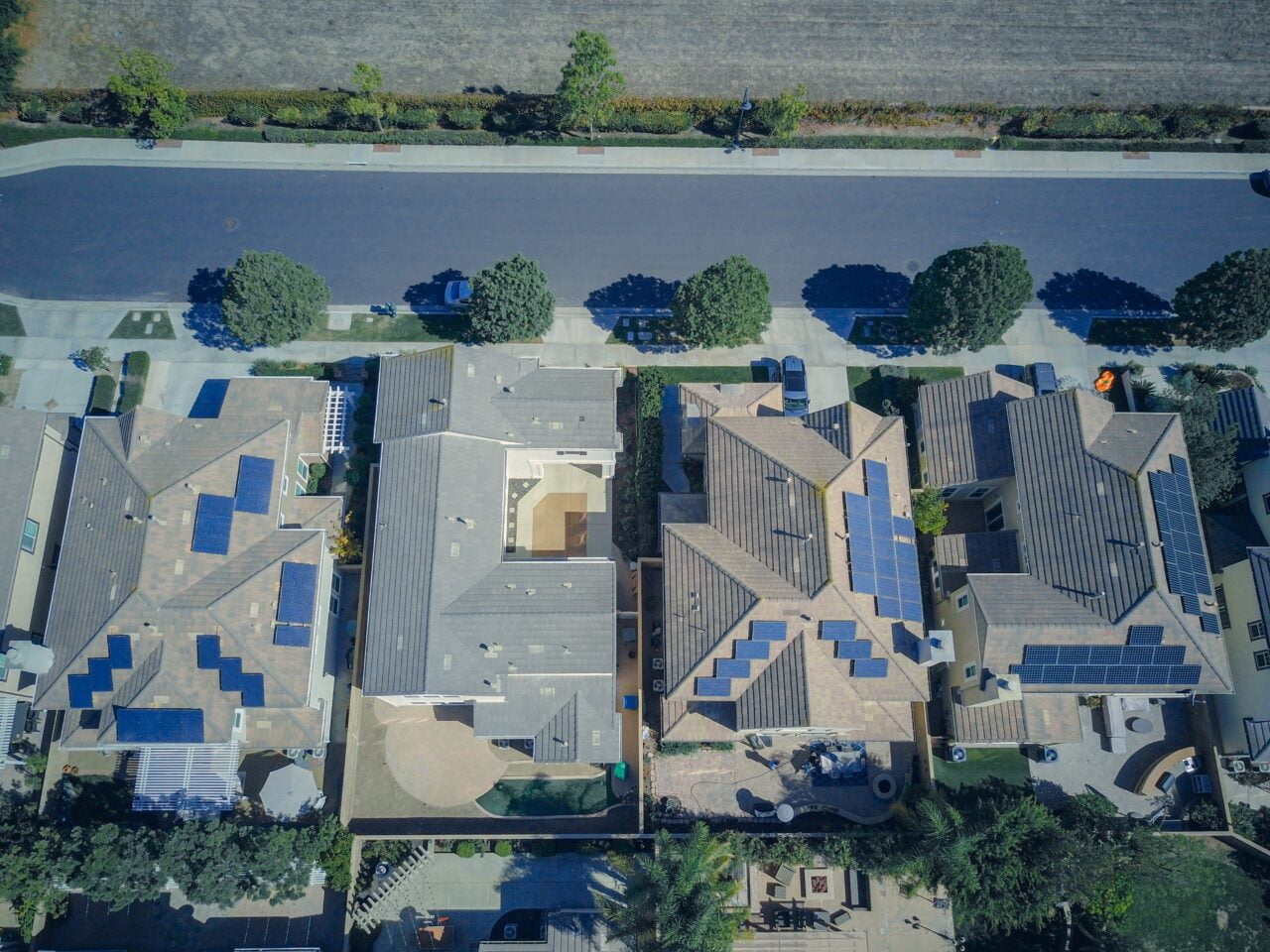There has been a lot going on lately about renewable energy. New regulations are emerging and a new type of consumer is being strongly promoted: the virtual prosumer. who is he? Who can become? Who will benefit?
Consumption and prosumption
Prosumption is a new consumer trend. This term was created from two words: production and consumption, and the term itself should be understood as the intertwining of the processes of consumption and production until the differences between them disappear. In this sense, a prosumer can be called a person who is ready to take over some of the tasks that were previously performed by the producer. The behavior of the prosumer can be, for example, to buy pieces of furniture and assemble them oneself, to use cash registers or self-service ticket machines, to carry out repairs oneself at home and even prepare their own preserves.
Prosumer in the energy sector
As part of the energy a prosumer is a person who has the necessary equipment and facilities to generate electricity for their own needs. It produces energy for its own needs and resells the unused part to the electricity network. Until now, however, this form of prosumer behavior has been rarely used. Firstly, this was due to the lack of clear regulations, secondly, the fact that such solutions are most often used in modern construction, more often in single-family houses than in apartment buildings, and thirdly, due to the level relatively high purchase, installation and maintenance costs.

Nevertheless, this is changing and consumers are increasingly using modern technologies to obtain energy and heat, such as solar collectors, photovoltaic panels, wind turbines and wind turbines as well as heat pumps. heat.
Virtual prosumer – who is it?
We know what prosumption is and we know who a prosumer is. SO who will then be the virtual prosumer? According statutory definition is “the end customer who produces electricity solely from renewable energy sources for his own needs in a renewable energy source installation connected to the electricity distribution network at a location different from the place of supply electricity to this customer, and at the same time is not connected to the electricity distribution network via an internal electrical installation of a multi-dwelling building, provided that, in the case of the end customer who is not a consumer domestic electricity, this production is also not the subject of the predominant economic activity .
So in short – a virtual prosumer is a consumer who has no place to put a photovoltaic installation – it generates energy outside the place where it consumes energy. This can be an entrepreneur who has a micro-installation in a province other than the company’s headquarters, but also a consumer, that is to say practically everyone. He can have his own photovoltaic installation or own shares in a facility formally owned by another subject.
According to the law, the maximum production capacity allocated to a consumption point cannot exceed 50 kW and the investment can be located outside the place where the energy is consumed. This creates an opportunity for many people and entities to benefit from renewable energy generation, and residents of housing estates, office building managers, and religious associations can count on reduced electricity bills.

This solution makes sense and works well abroad. In Lithuania, for example, it was created a photovoltaic farm in which each citizen can buy shares. And the energy produced by his panels will reduce the energy bills he uses elsewhere, such as at home. It saves money on bills and is simply pro-ecological. You will use this solution when the law comes into force, i.e. from July 2, 2024.